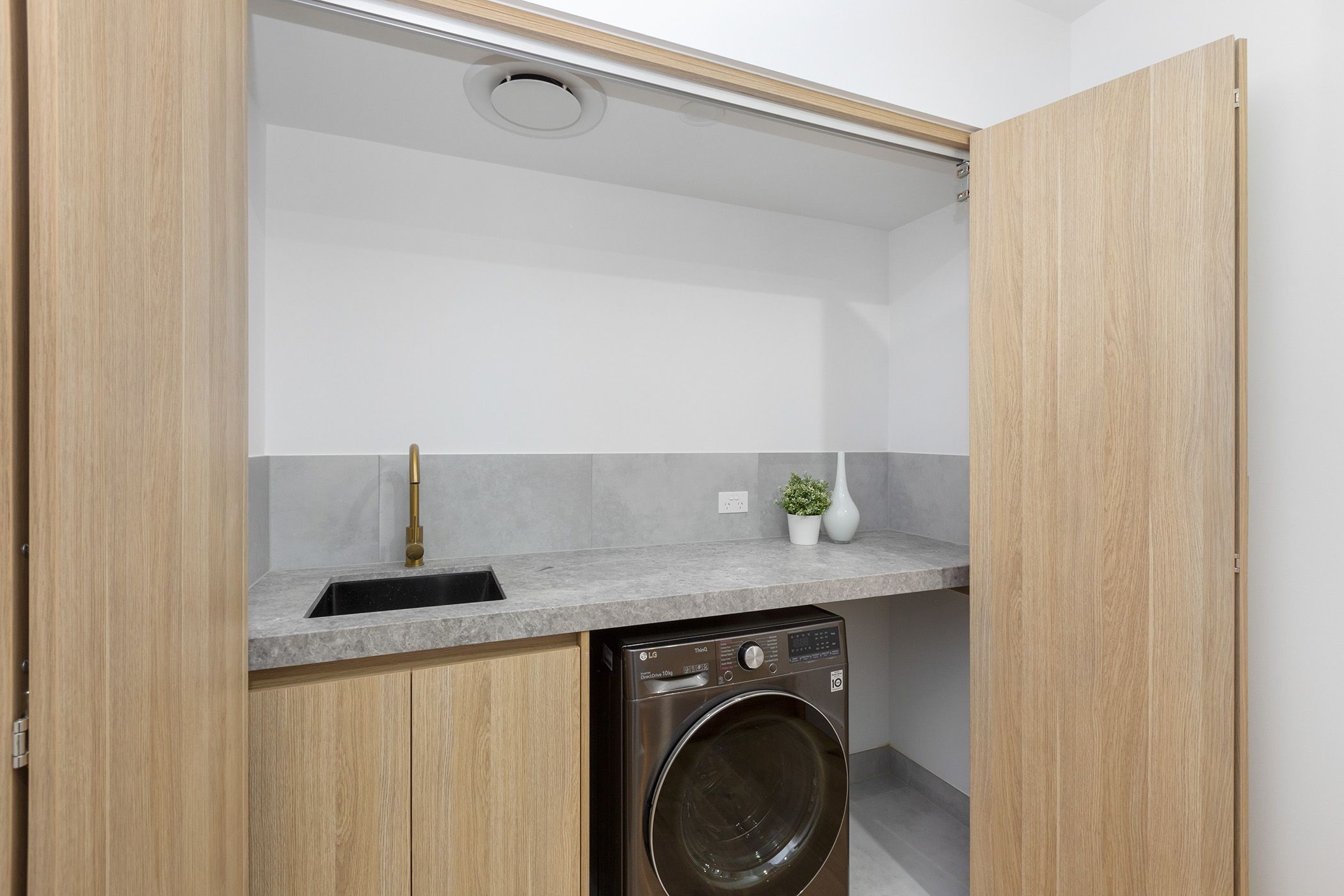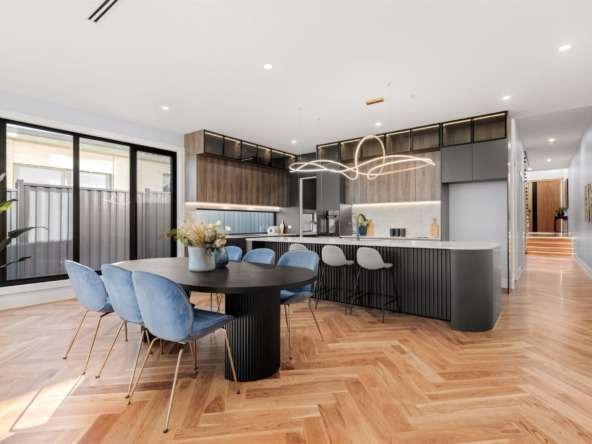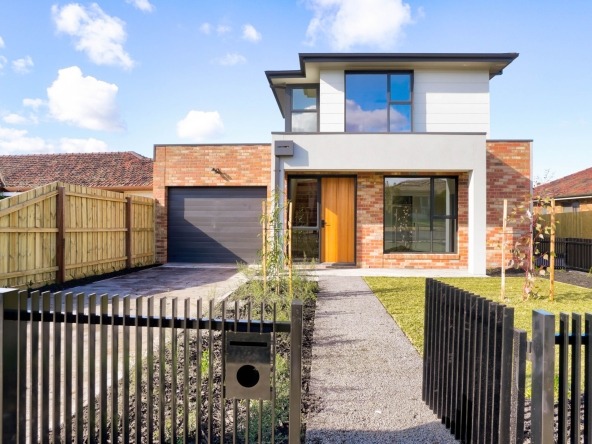What is a European laundry?
A European laundry is a compact and space-efficient laundry area, typically found in European homes or apartments, where space is limited. Instead of having a dedicated laundry room, the washer and dryer are integrated into other areas of the home, such as a bathroom, kitchen, or hallway closet. The appliances are often stacked or placed side by side, and they might be hidden behind cabinetry or sliding doors to blend in with the rest of the room’s design.
Key features of a European laundry include:
- Space-saving design: Maximizes available space in smaller living environments.
- Discreet appearance: Appliances are often concealed behind doors or in closets, maintaining the aesthetic of the surrounding area.
- Multifunctionality: The laundry area might be integrated into a bathroom or kitchen, where plumbing is already available.
This style of laundry setup is common in urban apartments and homes across Europe and Australia, where efficient use of space is a priority.
What is the difference between a European laundry and a traditional laundry?
The main differences between a European laundry and a traditional laundry revolve around space usage, location, and design. Here’s a comparison:
- Space and Layout
- European Laundry: Typically a compact, space-saving setup, often hidden behind doors or integrated into other rooms (e.g., kitchens, bathrooms, or hallways). It usually lacks a dedicated room and focuses on maximizing limited space.
- Traditional Laundry: Generally located in a dedicated laundry room, often larger, with more space for appliances, countertops, sinks, storage, and possibly folding or ironing areas.
- Appliance Arrangement
- European Laundry: Appliances are often stacked or placed side by side in tight spaces, such as inside a closet or cabinet. These laundries may have smaller appliances designed for efficiency in compact spaces.
- Traditional Laundry: Appliances are usually spread out, with enough room for side-by-side or separate washer and dryer setups. Full-size appliances are more common, and there is often extra space for additional utilities like a laundry sink or shelving.
- Aesthetic Integration
- European Laundry: Designed to blend seamlessly with the rest of the living space. The washer and dryer are often hidden behind cabinetry or sliding doors, making them less obtrusive and maintaining the overall aesthetic of the room.
- Traditional Laundry: Since it has its own room, there’s less need to conceal the appliances. The focus is on functionality, with visible machines and utility-focused design elements like open shelves or hooks.
- Functionality
- European Laundry: Prioritizes functionality within a small footprint. While efficient, it may not offer as much workspace or storage as a traditional laundry room.
- Traditional Laundry: Typically more functional for larger households, with more space for sorting, folding, and storing laundry items, as well as room for additional tasks like ironing.
- Location in the Home
- European Laundry: Often located within living areas, such as a bathroom, kitchen, or hallway, due to space constraints.
- Traditional Laundry: Located in a designated area, often near bedrooms or a garage, where space is more abundant.
Summary:
- European Laundry: Compact, integrated into other rooms, space-efficient, often hidden.
- Traditional Laundry: Larger, in a dedicated room, with more space and utility-focused design.
The choice between the two usually depends on the available space and the design priorities of the home.
Each home has its unique quirks, so don’t be afraid to experiment with different layouts and ideas until you find what works best for your space.If you’d like to learn more about property and lifestyle, please feel free to look us up on our website. Our YouTube channel and Market Insights also provide a wealth of information to assist you with many areas relating to property.www.crestproperty.net.au
While we have taken care to ensure the information above is true and correct at the time of publication, changes in circumstances and legislation after the displayed date may impact the accuracy of this article. If you want to learn more, please contact us. We welcome the opportunity to assist you.
September 2024




